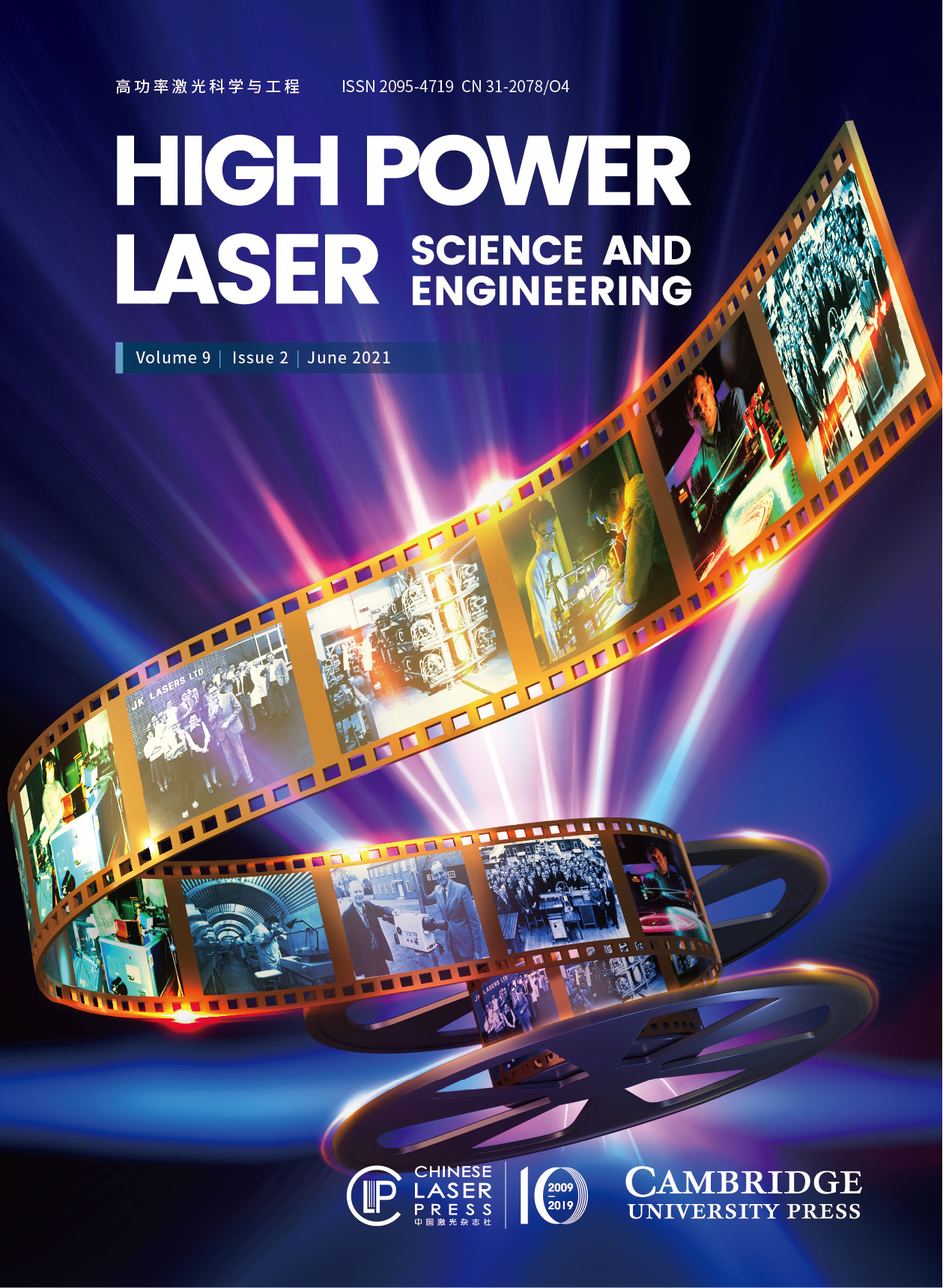 View fulltext
View fulltext
As an attractive collector medium for hypervelocity particles, combined with outstanding physical properties and suitable compositional characteristics, SiO2 aerogel has been deployed on outer space missions and laser shock-loaded collection experiments. In this paper, impact experiments were conducted to understand the penetration process of irregular grains, irregular Al2O3 grains with two different sizes and speeds (~110 μm@7 km/s, ~251 μm@2.3 km/s) at various density silica aerogels. By classifying the shapes of projectile residues and tracks, the morphology of tracks was analyzed. It was observed that there were several kinds of typical tracks in the penetration of irregular grains, accompanied by residues with the shapes of near-sphere, polyhedron, streamlined body wedge, and rotator. The rotational behavior was demonstrated by the final status of one flake projectile as direct evidence. In addition, there was no obvious relationship between the track length and experimental parameters, which may be caused by the uncertain interaction between aerogels and irregular particles. In addition, it confirmed the existence of fragmentation, melting situation by observing the shape of the impact entrance hole. At the same time, optical coherence tomography was used to observe the detail of tracks clearly, which provided a method to characterize the tracks nondestructively.
We measured the parameter reproducibility and radial electron density profile of capillary discharge waveguides with diameters of 650 $\mathrm{\mu} \mathrm{m}$ to 2 mm and lengths of 9 to 40 cm. To the best of the authors’ knowledge, 40 cm is the longest discharge capillary plasma waveguide to date. This length is important for $\ge$10 GeV electron energy gain in a single laser-driven plasma wakefield acceleration stage. Evaluation of waveguide parameter variations showed that their focusing strength was stable and reproducible to $% and their average on-axis plasma electron density to $%. These variations explain only a small fraction of laser-driven plasma wakefield acceleration electron bunch variations observed in experiments to date. Measurements of laser pulse centroid oscillations revealed that the radial channel profile rises faster than parabolic and is in excellent agreement with magnetohydrodynamic simulation results. We show that the effects of non-parabolic contributions on Gaussian pulse propagation were negligible when the pulse was approximately matched to the channel. However, they affected pulse propagation for a non-matched configuration in which the waveguide was used as a plasma telescope to change the focused laser pulse spot size.



















